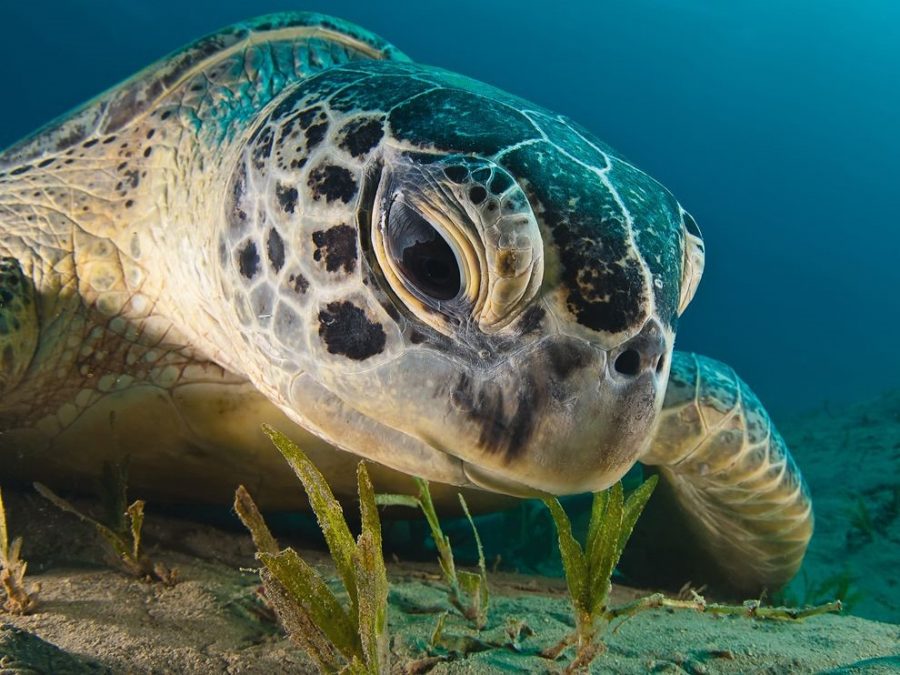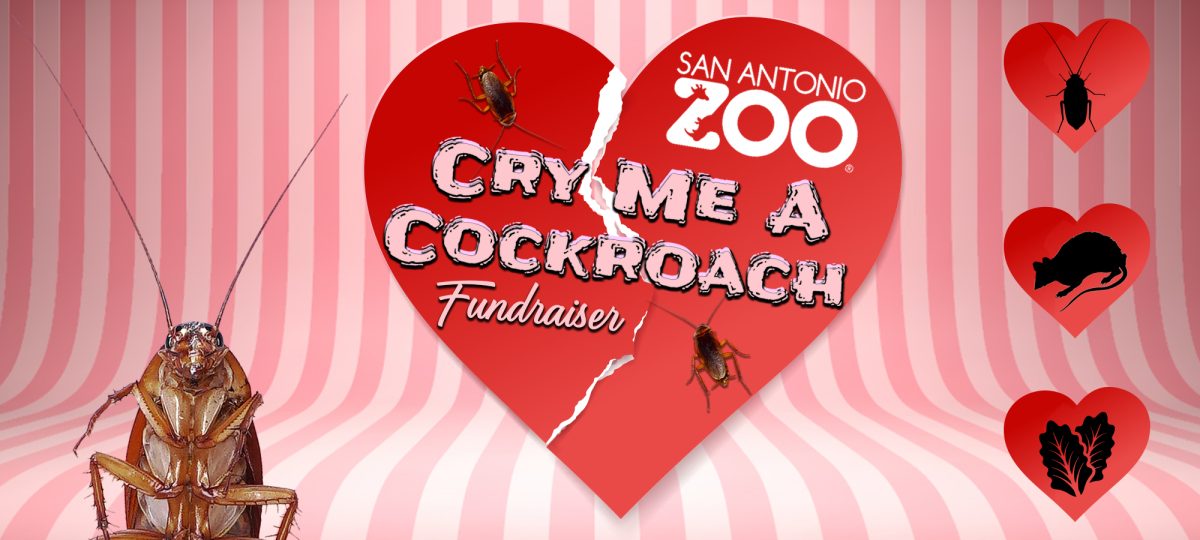By Sam Schwartz ’18, Contributor
The “Animal of the Week” will show the amazing biodiversity that nature has to offer. These animals won’t be your typical wild Zebras, Sharks, and Bears-but some of the most endangered and magnificent animals on the planet.
Green Sea Turtles, found in distinct groups throughout the world’s oceans, are one of the largest species of sea turtles. Living in two distinct groups in the Pacific and Atlantic between 30oN and 30oS, they range from the Galápagos to East African reefs. The Green Turtle’s name comes from their fat’s greenish hue under their carapace, which comes from its herbivorous diet. As adults, these turtles weigh on average between 150-400 pounds and measure between two-and-a-half to four-and-a-half feet. But rare sightings have occurred; a turtle was found weighing nearly 900 pounds and five feet long. Green Sea Turtles, unlike most freshwater turtles, cannot retract their head. 
A Green Turtle’s diet varies throughout their life of 80-100 years. Juveniles require higher levels of protein than in algae so their diet consists primarily of mollusks, jellyfish, sponges, worms and other small invertebrates. As juveniles mature, they develop a serrated lower jaw, allowing them to easily shred tough strands of seagrass and scrape algae from rocks.
Much of a Green Sea Turtle’s life is spent migrating from cool water to warm water. Sea Turtles, though not particularly great swimmers still complete impressively long migrations. The Green Sea Turtle’s cousin, the Leatherback Turtle, has been tracked via satellite to travel 10,000 miles or more in search of food and nesting grounds. Sea Turtles, even if thousands of miles away, have been documented returning to the exact nesting grounds of their birth. Scientists have been baffled by this ability and are still uncertain how they do it. The leading theories include the turtle’s ability to sense water chemistry, magnetic fields, or ocean currents.
Mating is a very costly procedure for Green and other Sea Turtles. After taking between 20-50 years to sexually mature, Sea Turtles migrate back to their original nesting grounds. Once mating occurs in the coastal waters, only the females come ashore. With the cover of darkness, in tune with the lunar cycle, thousands of female Green Sea Turtles emerge from the ocean’s froth. For  the females, the trek to the safe nesting ground is the most treacherous step. If a female flips over, she cannot right herself. She will become a free meal for any nearby birds. Once the females reach the breeding grounds, they select a spot for their nest. Then in a long painstaking process, the female digs a hole with her back flippers. The nest, once dug, will be filled with around 100 ping-pong sized eggs. After refilling the nest with sand, the female will return to the sea, never seeing her young hatch. Hatchling usually emerge from the nest after two months, quickly making a mad dash toward the sea. The most dangerous part of a Sea Turtles life is the time it takes for a hatchling to make it from its nest to the ocean. Hungry birds and crabs wait at the water’s edge, picking off turtles as they scurry toward the sea. Safely in the ocean, Sea Turtles go to subtropical seagrass nurseries where they mature until they are large enough to survive in the open ocean.
the females, the trek to the safe nesting ground is the most treacherous step. If a female flips over, she cannot right herself. She will become a free meal for any nearby birds. Once the females reach the breeding grounds, they select a spot for their nest. Then in a long painstaking process, the female digs a hole with her back flippers. The nest, once dug, will be filled with around 100 ping-pong sized eggs. After refilling the nest with sand, the female will return to the sea, never seeing her young hatch. Hatchling usually emerge from the nest after two months, quickly making a mad dash toward the sea. The most dangerous part of a Sea Turtles life is the time it takes for a hatchling to make it from its nest to the ocean. Hungry birds and crabs wait at the water’s edge, picking off turtles as they scurry toward the sea. Safely in the ocean, Sea Turtles go to subtropical seagrass nurseries where they mature until they are large enough to survive in the open ocean.
Over the last thirty years, Sea Turtle numbers have rapidly declined. The biggest threats endangering populations is the harvesting of sea turtle eggs during mating season. Sea Turtles only reproduce every two to four years. So, if an entire nest is harvested by humans, the female’s next offspring won’t be laid for several more years. Even as adults, Sea Turtles face a multitude of threats. Due to their slow swimming speeds, Sea Turtles are often caught in fisheries’ bycatch, killed from irresponsible fishing tactics like dynamite fishing, or suffocated by plastic bags. Strong pushes for conservation have yielded successful increases in distinct populations. By protecting breeding grounds and banning the harvesting of eggs, Sea Turtle populations have slowly rebounded in the Caribbean.
If you wish to learn more, here are some sites about Sea Turtles:
https://conserveturtles.org/information-sea-turtles-green-sea-turtle/
http://www.iucnredlist.org/details/4615/0









